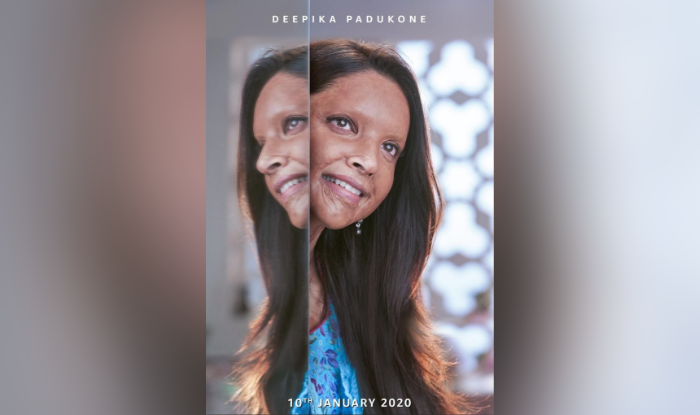Bollywood actress Deepika Padukone is receiving heavy backlash for a recent video she made on TikTok with makeup artist Faby. In the video, Deepika asks Faby to recreate three of her favourite looks from her films, the last being Malti, an acid attack survivor, from the movie “Chhapaak.” Soon after the release of this video, it went viral as watchers critiqued it for being wildly insensitive, dismissing the trauma of an acid attack victim into a “look” for a makeup challenge. Many viewers pointed out on twitter that the scars, internal and external, of an acid attack victim, are forever and not removable like a makeup look.
All the good work achieved by movie in sensitising people on the issue being washed off!#Chhapaak pic.twitter.com/mYce699rWV
— Pankaj Ahuja (@panku_) January 18, 2020
Of course, special effects makeup is a legitimate form of makeup and there can be tutorials on this type of makeup, it’s often seen for Halloween makeup looks. However, this video did not focus on special effects makeup and, perhaps the most pressing issue is that “Chhapaak” is based on the true story of Laxmi Agarwal, a survivor of an acid attack. This makes this video even more disturbing. The makeup artist isn’t simply instructing the viewers how to create scars on skin as special effects makeup. Actually, she isn’t even recreating the look of a character who experiences an acid attack. In reality, she is recreating the “look” of a real person (who experienced real-life trauma) on whom that character was based. It baffles me that she could act out this woman’s pain and presumably understand her trauma on a personal level, while simultaneously thinking you can treat their trauma as a makeup look.
The most troubling part of the TikTok video to me was the fact that she called this one of her “favourite makeup looks.” As I watched the video I became more and more confused by what that notion meant. Perhaps she meant it in the sense that the look required a lot of makeup talent. Defenders of the actress said she was trying to include acid attack victims in makeup tutorials. Most likely, the look stands out to her because it wasn’t a makeup look she’s used to wearing for her movies. But isn’t that the point? Deepika doesn’t live the life of an acid attack victim; she could play this character, do her job, take off the makeup at the end of the day and go home.
[Read Related: Brown Girl Reacts: ‘Chhapaak’ is Disturbing, Emotional, Well-Directed & Important]
While watching the TikTok video, I also thought, “What if the look wasn’t created well? What would she say? My face doesn’t look like it was burned by acid. You’re not very good at recreating the worst horror my character (and the real-life inspiration for the character) has witnessed in their life. Oh well haha, let’s take it off now?”
If I were Deepika Padukone, I would take this as a learning opportunity to understand and become more sensitive to the issues for which she claims to feel compassion. This tweet from @krownnist describes it best:
The problem with Deepika Padukone endorsing a makeup challenge on Chhapak is that she treated it as one of her “looks” and dismissed the entire trauma behind it. She proved that it was merely makeup for her & she clearly doesn’t understand the depth of what survivors go through.
— k (@krownnist) January 18, 2020





